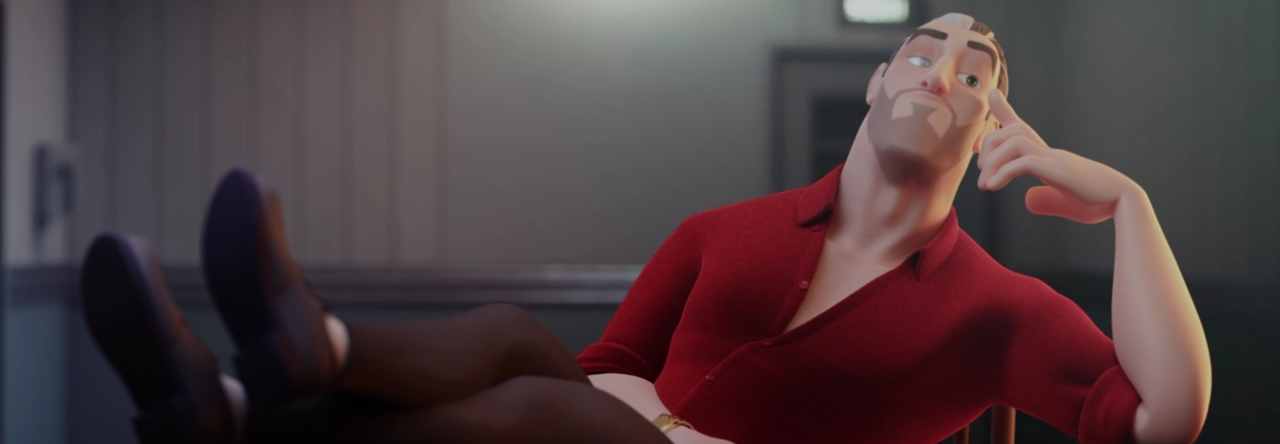When creating idle animation cycles for games, there is more to keep in mind than just keeping the character moving. It is important to make sure that the animation is not only mechanically sound, but immersive enough to keep the player focused on the game. The key is to make the animation feel as natural and balanced as possible, while allowing for personality to show within the subtleties of the animation. Here are some good points to keep in mind:
- Body Mechanics: The foundation of all animation. Make sure to have solid posing that accounts for any extra weight from armor or weapons.
- Appeal: What is your character’s backstory, and how can you show your character’s personality through the animation? Even within an idle cycle, you can add appeal and contrast through posing, quirks, fidgets, etc.
- Balance: That being said, it’s also important to keep your animation balanced and feeling natural. Too many fidgets or head turns can feel unnatural, so it could help to space them out so that they occur once every few breath cycles. With eye darts to the side, make sure to bring the gaze back to the other side and looking forward, so that it doesn’t feel like your character is focusing on one side.
- Smooth Cycling: Even idle cycles contribute to a player’s immersion in a character and a game, so make sure that there aren’t any hitches in your cycles! You want to make it so that no one can tell when the animation loops back again. Make sure to check the tangents at the beginning and end of your animation to prevent any jitters.
In this clip from our Introduction to Game Animation class, instructor Jarrod Showers outlines the basic rubric of a good idle animation cycle, and shows his creative process from video reference to character animation.
Looking for the best 3D Animation schools? For more information about AnimSchool and our online animation programs, visit us at www.animschool.com


